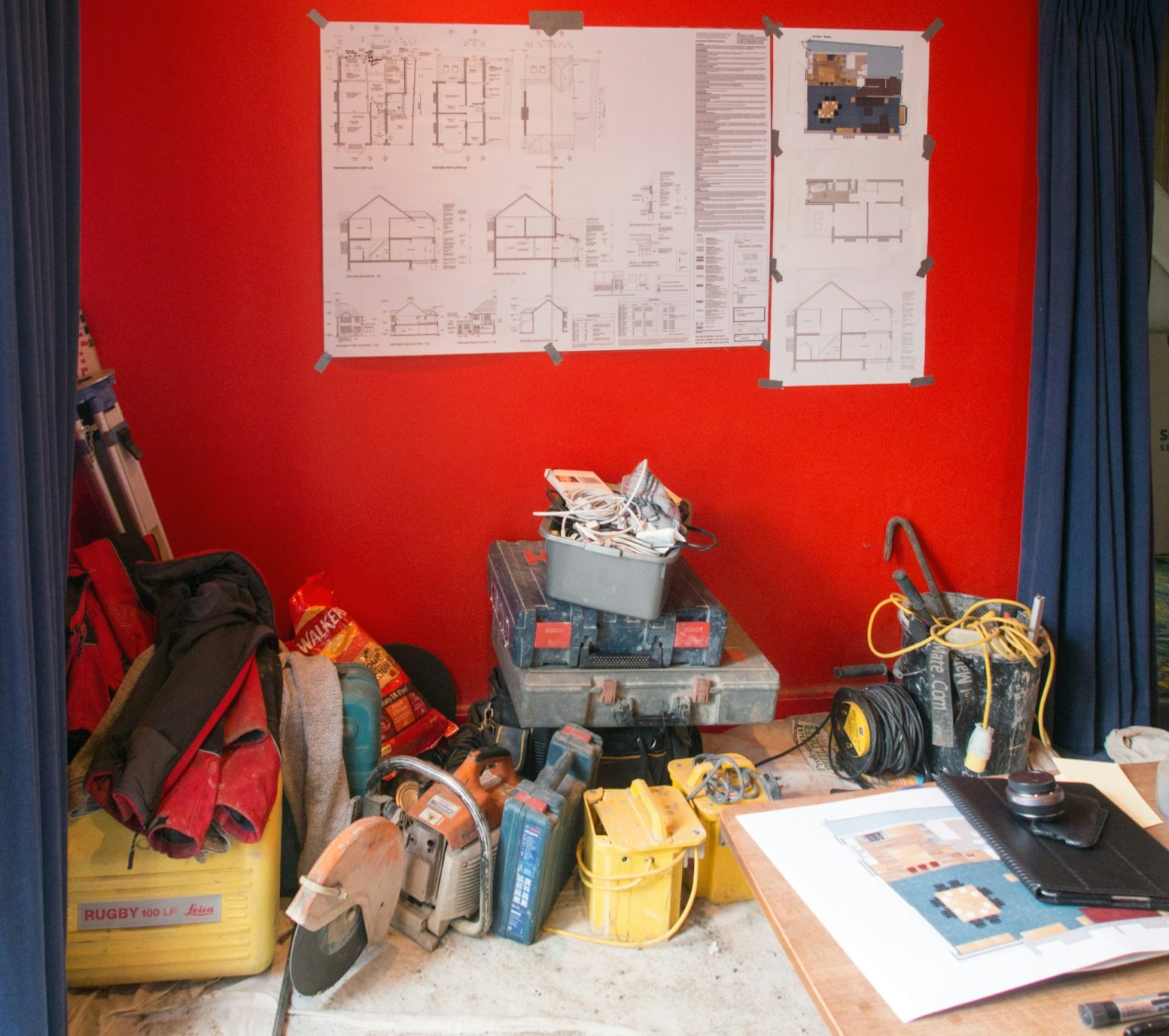Homeowners across the country are considering different methods of unlocking the value of their homes to fund improvements or consolidate debt. Homeowner loans are a popular option. Unlike your main mortgage, which is used to buy the property itself, a homeowner loan enables you to borrow against the equity you’ve built up. The amount you’ll be able to access depends on your home’s value and how much of your mortgage you’ve already repaid.
Because homeowner loans are secured, they typically have reduced interest rates than credit cards and unsecured personal loans. However, if you fall behind on repayments, the lender can ultimately seek to recover the debt through your property. We’ll cover the flexibility and risks to help you make an informed borrowing decision.
Recent UK Trends and Risks to Be Aware Of
The UK has seen a noticeable rise in the use of secured borrowing, particularly for property improvements. Around 9.7% of all secured lending now goes towards home upgrades such as kitchen renovations and energy-efficient retrofits. The figures reflect rising construction costs and homeowners’ desire to enhance comfort and property value.
Major lenders are adapting; in 2024, Nationwide doubled its personal-loan limit to £50,000 to help customers manage soaring renovation expenses. Some local improvement initiatives have faced funding challenges, including the recent pause of Reading’s Flexible Home Improvement Loan scheme. Other councils remain active in supporting targeted home upgrades. Cornwall’s Home Improvement Loan scheme continues to offer loans of up to £25,000 to qualifying residents.
While borrowing for improvements can add significant value, interest rates on secured credit have risen sharply. Some borrowers risk paying considerably more than expected for home-improvement loans if they fail to shop around or stress-test their repayments under variable rate scenarios.
Estimating How Much to Borrow for Different Types of Upgrades
You’ll need to consider the realistic costs for your planned improvements before applying for a secured loan. Small projects such as redecorating or flooring typically cost between £1,000 and £5,000. Medium upgrades, including bathroom or kitchen refurbishments, may range from £10,000 to £25,000, depending on finishes and fittings.
Large-scale improvements, such as extensions, loft conversions, or energy retrofits, can easily exceed £30,000–£60,000. When budgeting, include a 10–20% contingency for unforeseen expenses and consider whether the investment will increase your property’s value. Using reliable cost guides or quotes from certified contractors will help you avoid underestimating total spending.
Borrowing Strategy & Safety Margins
As a rule of thumb, try not to borrow more than 70–80% of your available home equity to avoid overextending yourself. It’s also vital to ensure that monthly repayments remain affordable even if interest rates rise, given current market conditions. Many advisers recommend running “what if” scenarios to see how your budget would cope if repayments increased by 2–3 percentage points.
You must always factor in your wider financial picture, including other debts and income stability, before committing. Look for reputable lenders that specialise in helping borrowers find suitable homeowner loans that match their needs and repayment capacity.



